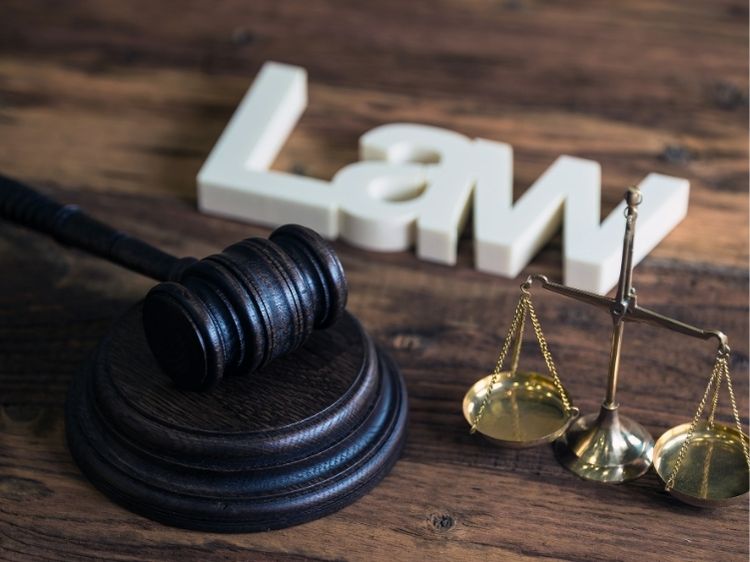Product liability claims can feel like a maze, right? Whether you’re a consumer who’s been injured by a faulty product or a manufacturer facing a lawsuit, understanding the ins and outs of product liability is crucial. In this article, we’ll delve into everything you need to know about product liability claims—what they are, how they work, and what steps you need to take to protect yourself or seek compensation. So, let’s jump in!
What is a Product Liability Claim?
A product liability claim arises when a consumer suffers harm due to a defective product. But what does that really mean? Essentially, if a product you bought doesn’t work as it should and ends up causing injury or damage, you may have grounds for a product liability claim. This type of claim holds manufacturers, distributors, suppliers, or retailers responsible for releasing a defective product into the hands of consumers.
Types of Product Defects
To fully grasp the concept of a product liability claim, it’s important to understand the three main types of product defects:
- Design Defects: These occur when a product is inherently unsafe due to its design, even if it was manufactured correctly. Think about it—if a car model has a tendency to roll over during sharp turns, the issue lies in its design, not the manufacturing process.
- Manufacturing Defects: These defects happen during the production or assembly of a product. Even if the design is flawless, a mistake on the assembly line can result in a defective product. Imagine a batch of children’s toys where the small parts weren’t secured properly, posing a choking hazard—this would be a manufacturing defect.
- Marketing Defects: Also known as a “failure to warn,” these defects occur when a product lacks adequate instructions or warnings about potential risks. For instance, if a medication doesn’t include warnings about dangerous side effects, the manufacturer could be held liable for any resulting harm.
Who Can Be Held Liable?
When it comes to product liability, more than one party can be held responsible. Here’s a breakdown:
- Manufacturers: They’re at the top of the chain. If a product is defectively designed or manufactured, the manufacturer is usually the first to be held accountable.
- Distributors: Distributors act as the middlemen between the manufacturer and the retailer. If they fail to properly handle or store a product, leading to a defect, they can also be liable.
- Retailers: Even though retailers don’t make the products, they can still be held responsible if they sell a defective product. After all, they are the ones who put the product in the hands of consumers.
Steps to Filing a Product Liability Claim
Now, let’s get to the nitty-gritty—what do you do if you need to file a product liability claim? Here’s a step-by-step guide:
- Document the Injury: First things first, you need to document everything. Take photos, keep medical records, and write down every detail you can remember about the incident.
- Preserve the Product: Don’t toss that defective product! Preserve it as evidence, and if possible, keep it in the condition it was in when the injury occurred.
- Seek Medical Attention: Even if the injury seems minor, it’s crucial to get a medical evaluation. This not only ensures your health but also provides important documentation for your claim.
- Contact an Attorney: Product liability claims can be complex, and having a knowledgeable attorney on your side can make all the difference. They’ll guide you through the process and help you understand your rights.
- File the Claim: With your attorney’s help, you’ll file the claim against the responsible parties. Be prepared for negotiations and possibly going to court if a settlement can’t be reached.
Defenses Against Product Liability Claims
On the flip side, what if you’re a manufacturer or retailer facing a product liability claim? There are several defenses you can employ:
- Assumption of Risk: If the consumer knowingly used the product in a dangerous way, the defense can argue that they assumed the risk.
- Product Misuse: If the product was used in a way it wasn’t intended for, this can be a strong defense. For example, if someone uses a hairdryer to dry their clothes and it causes a fire, the misuse defense could come into play.
- Statute of Limitations: Every state has a statute of limitations for filing a product liability claim. If the claim is filed after this time limit, the defense can argue that it’s no longer valid.
FAQs
Q: How long do I have to file a product liability claim?
A: The statute of limitations varies by state, but it’s typically between two to four years from the date of injury. It’s best to consult with an attorney as soon as possible to ensure you don’t miss the deadline.
Q: Can I file a product liability claim if I didn’t buy the product?
A: Yes, you can. Even if you weren’t the one who purchased the product, you still have the right to file a claim if you were injured by it.
Q: Do I need to prove negligence in a product liability claim?
A: Not necessarily. In strict liability cases, you don’t need to prove negligence—just that the product was defective and caused harm.
Conclusion
Understanding product liability claims can be a daunting task, but it’s essential whether you’re a consumer seeking justice or a business protecting your interests. By familiarizing yourself with the types of defects, who can be held liable, and the steps involved in filing a claim, you’re better equipped to navigate this complex legal landscape.
Whether you’re preparing to file a claim or defending against one, remember that the key to success lies in the details. Document everything, seek professional advice, and most importantly, act quickly to ensure your rights are protected.
Authoritative Links
- U.S. Consumer Product Safety Commission: www.cpsc.gov
- American Bar Association on Product Liability: www.americanbar.org/groups/litigation/committees/products-liability/
- National Safety Council: www.nsc.org/safety-first



